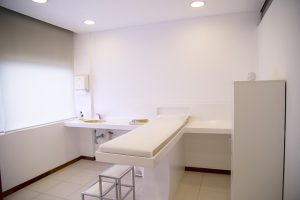Cosmetic skin resurfacing is a leading aesthetic treatment that offers transformative results for achieving youthful-looking skin through gentle exfoliation, collagen stimulation, and improved texture. Techniques like chemical peels, laser treatments, microdermabrasion, and intense pulsed light (IPL) target specific skin concerns. Suitable for diverse skin types, these non-invasive procedures enhance complexion, boost confidence, and improve skincare product absorption. Consulting a qualified dermatologist is crucial for personalized treatment plans, considering benefits and risks. Preparations include medical history review, skin assessment, and custom planning for recovery involving downtime and aftercare. Advances in technology have revolutionized resurfacing with faster recovery times and precise results. Financial considerations vary based on procedure and location, with increasing accessibility through financing options and at-home skincare devices inspired by clinical treatments.
Cosmetic skin resurfacing is a popular aesthetic treatment, offering transformative solutions for various skin concerns. This procedure aims to revitalize and rejuvenate the skin’s surface, addressing issues like fine lines, wrinkles, and uneven texture. In this comprehensive guide, we’ll take you on a journey through the world of skin resurfacing, exploring different techniques, benefits, candidate eligibility, preparation, recovery, safety considerations, and more. From understanding the process to comparing topical treatments with laser resurfacing, we’ve got you covered with all you need to know about this game-changing aesthetic treatment.
Understanding Cosmetic Skin Resurfacing: Unveiling the Process
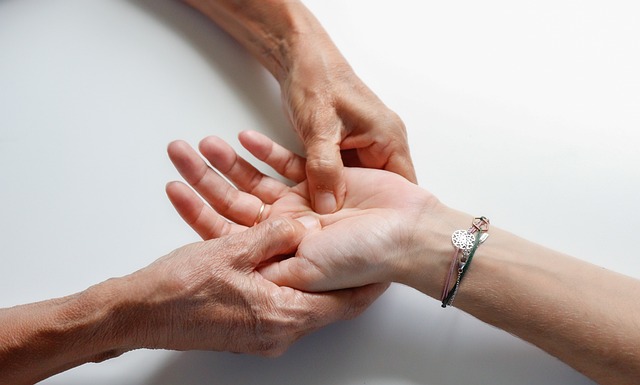
Cosmetic skin resurfacing, a leading aesthetic treatment, offers a transformative approach to achieving youthful-looking skin. This non-invasive procedure aims to renew and revitalize the skin’s surface by removing damaged or outdated layers, revealing smoother, more even-toned skin beneath. The process involves using specialized devices or chemicals to gently exfoliate the top layer of the dermis, stimulating collagen production and enhancing skin texture.
During a typical session, a healthcare professional will carefully assess your skin type and concerns before selecting an appropriate resurfacing technique, such as chemical peels, laser treatments, or microdermabrasion. Each method has its unique advantages, catering to various skin conditions and preferences. By understanding these processes and their benefits, individuals can make informed decisions, embarking on a journey towards enhanced self-confidence and a radiant complexion.
Types of Skin Resurfacing Techniques: A Comprehensive Overview
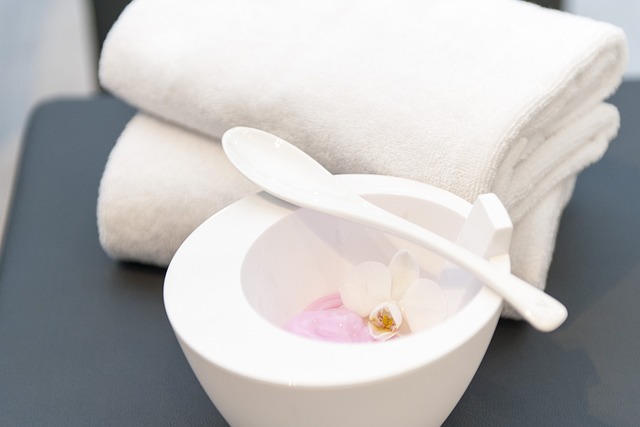
Skin resurfacing, a sought-after aesthetic treatment, offers various techniques catering to diverse skin concerns and preferences. Each method utilizes specialized tools or chemicals to gently exfoliate the upper layers of the skin, encouraging cell renewal and revealing smoother, more youthful-looking skin beneath.
The most common types include chemical peels, where topical solutions are applied to dissolve away damaged skin, and microdermabrasion, a mechanical process using a handheld device to sand away the outermost layer. Laser resurfacing is another popular choice, employing focused light energy to burnish the skin’s surface while stimulating collagen production. Additionally, intense pulsed light (IPL) treatments offer a non-invasive alternative, targeting age spots and uneven skin tone without aggressive scraping or lasers.
Benefits and Applications: Enhancing Your Skin's Appearance
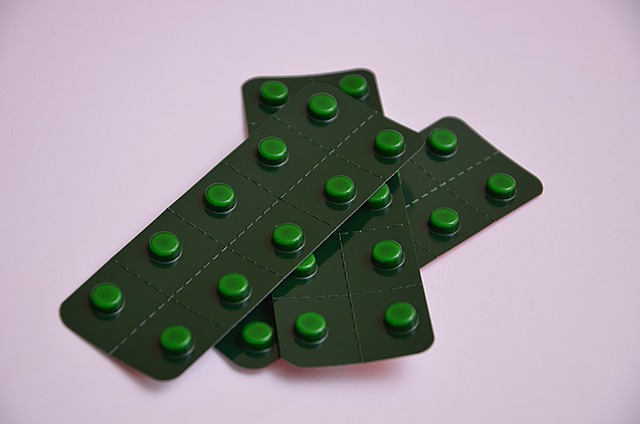
Cosmetic skin resurfacing, an advanced aesthetic treatment, offers a multitude of benefits for enhancing your skin’s appearance. By gently removing the top layers of skin, these procedures stimulate collagen production, resulting in smoother, more youthful-looking skin. They can effectively address various concerns such as fine lines, wrinkles, acne scars, and uneven skin texture.
This non-invasive procedure is versatile and suitable for different skin types and conditions. It provides a safe and controlled way to transform your complexion, boosting confidence and self-esteem. The improved skin texture not only makes it look healthier but also allows better absorption of skincare products, maximizing their effectiveness.
Candidate Selection: Who is a Good Fit for This Procedure?
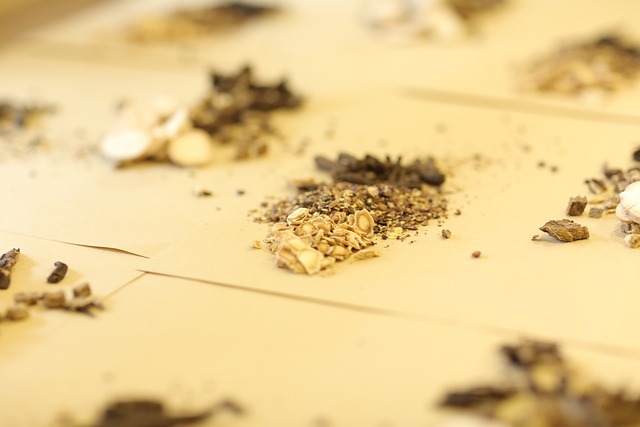
Skin resurfacing, also known as aesthetic treatments, is a popular procedure for those seeking to enhance their skin’s appearance and texture. The ideal candidates for this procedure are individuals with certain skin concerns who have realistic expectations. Those with mild to moderate signs of aging, such as fine lines, wrinkles, and uneven skin tone, can greatly benefit from resurfacing techniques.
Additionally, people with acne scars, hyperpigmentation, or dull, rough skin may find this procedure effective. It’s essential to consult a qualified dermatologist who can assess your specific needs and determine if you’re a suitable candidate. They will consider factors like overall health, skin condition, and lifestyle to ensure the best possible outcome and minimize potential risks.
Preparation and Recovery: What to Expect Before and After
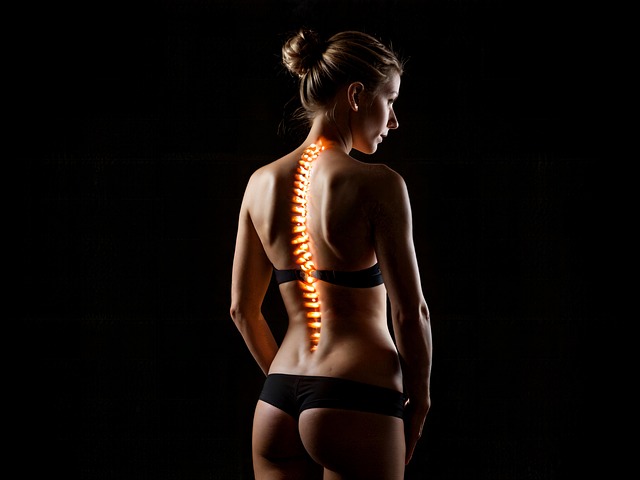
Before undergoing cosmetic skin resurfacing, it’s crucial to prepare both mentally and physically. Your provider will discuss your medical history, current medications, and any expectations you have for the procedure. This is also a good time to inquire about the type of aesthetic treatments used, as well as their potential benefits and risks. During this consultation, they’ll assess your skin, determine the appropriate resurfacing method, and create a custom treatment plan tailored to your needs.
Recovery from cosmetic skin resurfacing varies depending on the chosen procedure, but it typically involves some downtime. After the procedure, you can expect redness, swelling, and mild discomfort, which usually subside within a few days. Your provider will provide specific aftercare instructions, including how to clean and protect your skin, use medications, and manage pain. It’s important to follow these guidelines closely to ensure optimal healing and minimize the risk of complications.
Safety and Side Effects: Addressing Common Concerns

Cosmetic skin resurfacing, while offering significant improvements in skin texture and appearance, comes with safety considerations like any other aesthetic treatment. It’s crucial to understand potential side effects and address common concerns before undergoing such procedures. Some of the most frequent issues include temporary redness, swelling, and discomfort at the treatment site. These are usually mild and subside within a few days.
More serious but rare complications may include infection, scarring, and changes in skin pigmentation. To mitigate these risks, it’s essential to choose an experienced, licensed practitioner who uses sterile techniques and reputable products. Regular follow-up appointments can help catch any issues early on. Understanding these potential side effects allows patients to make informed decisions, ensuring they receive the best possible outcomes from their cosmetic skin resurfacing treatments.
Topical Treatments vs. Laser Resurfacing: Comparison and Choosing the Right Method
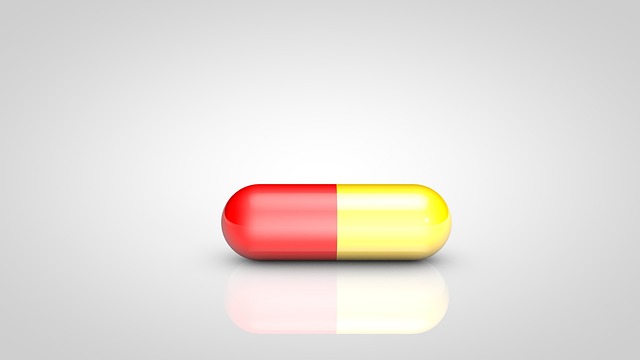
When considering skin resurfacing, a crucial comparison lies between topical treatments and laser resurfacing. Topical treatments, including retinoids, acid peels, and microdermabrasion, offer a non-invasive approach. These aesthetic treatments work by gently exfoliating the skin to stimulate collagen production and improve texture. They are generally suitable for mild to moderate skin concerns and can be easily incorporated into home skincare routines. However, their results tend to be gradual and may require consistent use over time.
On the other hand, laser resurfacing provides a more intensive solution. This procedure uses concentrated light energy to vaporize outer layers of the skin, encouraging the body to regenerate new, smoother skin. Laser treatments are effective for addressing deeper wrinkles, scars, and age spots. While they offer faster and more dramatic results, they are considered more invasive and may involve downtime and potential side effects. Choosing between these methods depends on individual preferences, skin conditions, and desired outcomes, with both options contributing to enhanced skin health and appearance in their respective ways.
Advances in Technology: Modern Innovations in Cosmetic Skin Resurfacing

Advances in technology have brought about remarkable innovations in cosmetic skin resurfacing, transforming the landscape of aesthetic treatments. Among the most notable developments are fractional laser technologies, which offer precise and targeted approaches to rejuvenate the skin. These lasers work by creating micro-lesions, stimulating collagen production, and improving skin texture. This modern method is a significant improvement over traditional ablative lasers, providing faster recovery times and reduced downtime for patients seeking smoother, more youthful-looking complexions.
Another game-changing innovation is the introduction of radiofrequency (RF) devices. RF technology heats the deeper layers of the skin, promoting collagen remodeling and elastin production. This non-invasive procedure is ideal for those who want to improve fine lines, wrinkles, and overall skin tone without undergoing surgery. These advancements have made cosmetic skin resurfacing more accessible, effective, and appealing to a broader range of individuals seeking enhanced aesthetic results.
Cost and Accessibility: Demystifying the Financial Aspects
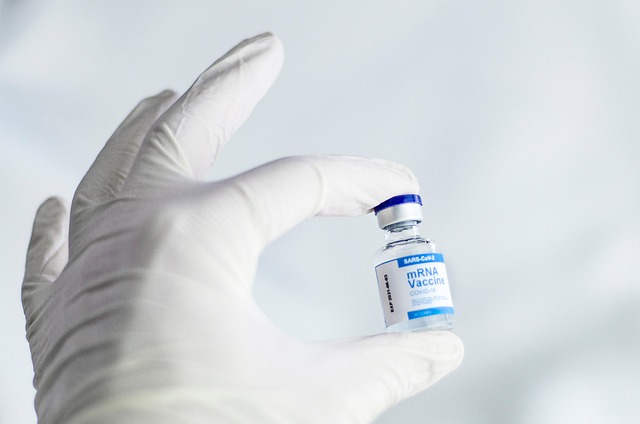
Cosmetic skin resurfacing, a popular aesthetic treatment, has evolved into a sought-after procedure for achieving younger-looking skin. However, understanding its financial implications is crucial before embarking on this journey. The cost of these treatments can vary widely based on factors like technology used, clinic location, and the extent of the procedure. Laser resurfacing, for instance, might range from several hundred to thousands of dollars per session, while chemical peels are generally more affordable, with prices varying depending on the strength.
Accessibility plays a significant role as well. Many high-end procedures may be out of reach for some, but there’s a growing trend towards making aesthetic treatments more accessible. Some clinics offer financing options and packages tailored to different budgets. Additionally, the rise of at-home skincare devices inspired by clinical procedures has opened doors for folks to explore non-invasive resurfacing methods at lower costs.
